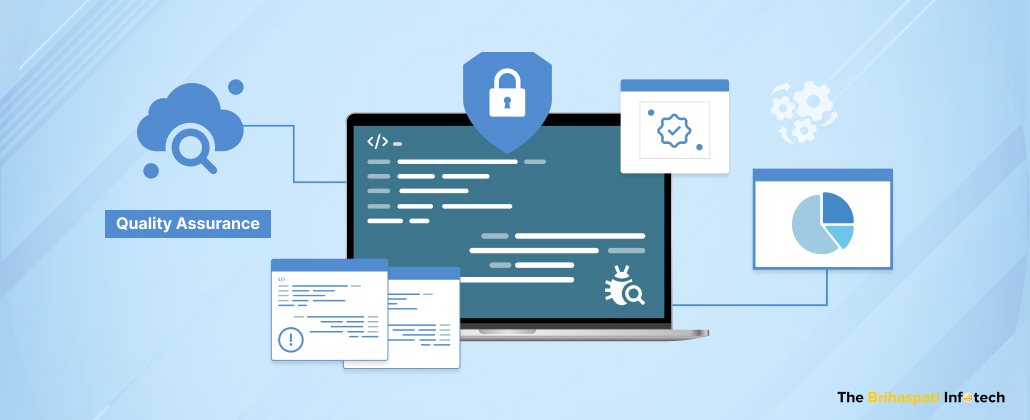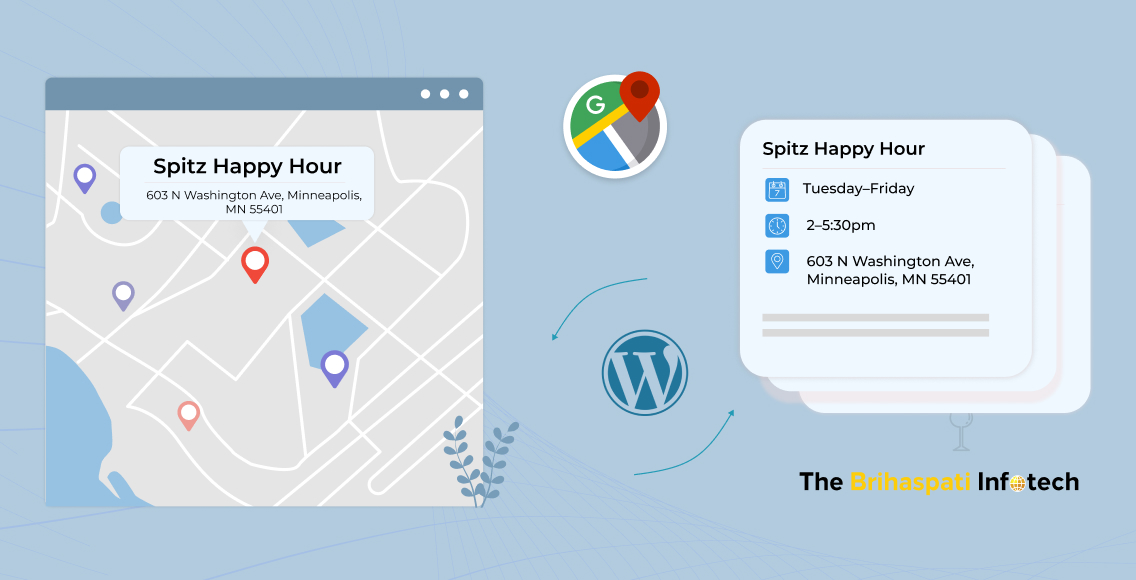When it comes to effectively running an E-commerce website, both Magento 2 and Opencart are considered as some of the best CMS solutions available in the market. Being open source and feature-rich, they both excel in facilitating online stores which are built based on tailored preferences, SEO friendly and easier to manage.
Both Magento 2 and OpenCart share a lot of common features as well. Some key features include:
- 1. Developed in PHP
- 2. Open Source and support multiple currencies and language packs.
- 3. Highly popular with huge developer communities for support.
Startup E-commerce stores also tend to choose Opencart over Magento due to it’s more user-friendly admin panel that does not require special technical skills for administration. Additionally, OpenCart also offers an easy to use order management interface and various built-in payment and shipping integrations to make life easier for merchants who are stepping into the E-commerce ecosystem for the first time.
However, over the past 8 years of facilitating E-commerce development services, we have seen a rising trend of migration towards Magento among the Opencart merchant community. Today, with this blog, we attempt to share our experience working with one such client and answer:
- Why the client felt the need for Opencart to Magento 2 migration.
- Our approach for Opencart to Magento 2 migration.
- Challenges we faced during the migration.
So buckle up and let’s begin.
The need of OpenCart to Magento 2 migration
While Opencart does its job really well as an eCommerce CMS, it does have its limitations which start becoming bothersome once the store starts expanding.
- Over the course of time, Opencart starts falling short on the performance front while providing rudimentary capabilities like customers, orders, inventory and advanced store analytics management, in an effective manner.
- With the increase in data, all eCommerce store requires effective caching. With opencart, there is none by default and merchants ends up investing a lot of time and money in order to set one up manually.
- Customizations options remain limited in opencart even though it is open source. When it comes to advanced customizations, developers are seldom forced to make changes in the core files rather than the option to override it with extensions as opencart architecture makes it extremely difficult to do so.
All these cons are the pros for Magento which is highly scalable, comes with inbuilt caching and provides a much more practical approach towards customizations.
Although, as compared to Opencart, Magento is certainly resource hungry and will push you to purchase that higher hosting plan, it justifies it when it comes to the capabilities it offers to support business expansions.
OpenCart to Magento 2 migration: Our approach
The tasks were laid down on the table and the goal was clear.
- Migrating an E-commerce store from Opencart to Magento 2.1 with a new look and feel.
- All the data should be seamlessly migrated to the new store including:
- 1. 9000+ Products.
- 2. 2,50,000 + Orders.
- 3. 2,00,000 + Customer profiles.
- SEO should not be lost and the store should be made live within minimal time and off hours to ensure minimal downtime.
The Approach:
Step 1: Creating a backup of the entire OpenCart store to stay prepared for any unforeseen circumstances.
Step 2: Designing the HTML for the custom Magento theme on the staging server.
Step 3: Converting the HTML into Magento theme and installing the required extensions to achieve enhanced features on the front-end and back-end. Once done, testing the theme under various stress levels and devices for performance and stability.
Step 4: Creating a custom script for migrating products from OpenCart to Magento including all product variants and attributes.
Step 5: Creating a custom script for migrating all custom information from Opencart to Magento including customer details like Name, profile username, and password, contact number, shipping address, etc. Our script ensured that the passwords are migrated while staying encrypted and no data is compromised.
Step 6: Migrating order data and status are migrated from OpenCart to Magento.
Step 7: Setting up 301 redirects for lossless SEO migration of URLs.
Step 8: Setting up the payment and shipping gateways as desired in Magento.
Step 9: Performing thorough quality analysis of both front-end and back-end to ensure that the migration was done as per expectations and pre-written test cases. Our QA’s utilize both automated and manual testing methods to ensure data validity.
Step 10: Analyzing and calculating the time required for uploading the website live and re-examining it for any redundancies. Moving the website live as per schedule with minimal downtime for customers.
With a planned approach by our experts, the migration was achieved as scheduled and the updated store was made live without any delays.
Challenges we faced
As anticipated, there was not a single instance that stood out as a challenge during the Opencart to Magento2 migration. The whole process was so precisely planned and executed by our experienced E-commerce developers that there were no anomalies during the migration phase.
However, the only challenge which the team faced was when it was time to upgrade the platform from Magento 2.1 to 2.2.
By the time it was planned to upgrade the store to Magento 2.2, there were around 50+ extensions installed on the store, these included – extensions like Megamenu, Amasty POS, Affiliate program, Klarna checkout, Magento 2 banner slider and others.
On upgrading the store, around half of these extensions were discovered as incompatible with Magento 2.2. As the client persisted to stick with Magento 2.2, we took upon ourselves to override the incompatible extensions with patches that resolved these compatibility issues.
Around 20 such patches were coded by our expert Magento developers which fully complied with Magento standards and didn’t touch the core Magento files.
Conclusion
If you are running an eCommerce store with Opencart, then does it mean you will have to eventually migrate to a more reliable platform like Magento? Yes and No. It entirely depends on your business model and what your expansion requirements are. Opencart does have it’s limitations in terms of scalability and performance for large stores which you need to be aware of.
Are you looking to switch to Magento from Opencart or any other platform?Get in touch with our expert Magento developers today and book a free consultation to get your store requirements analyzed?
Stay Tuned for Latest Updates
Fill out the form to subscribe to our newsletter








